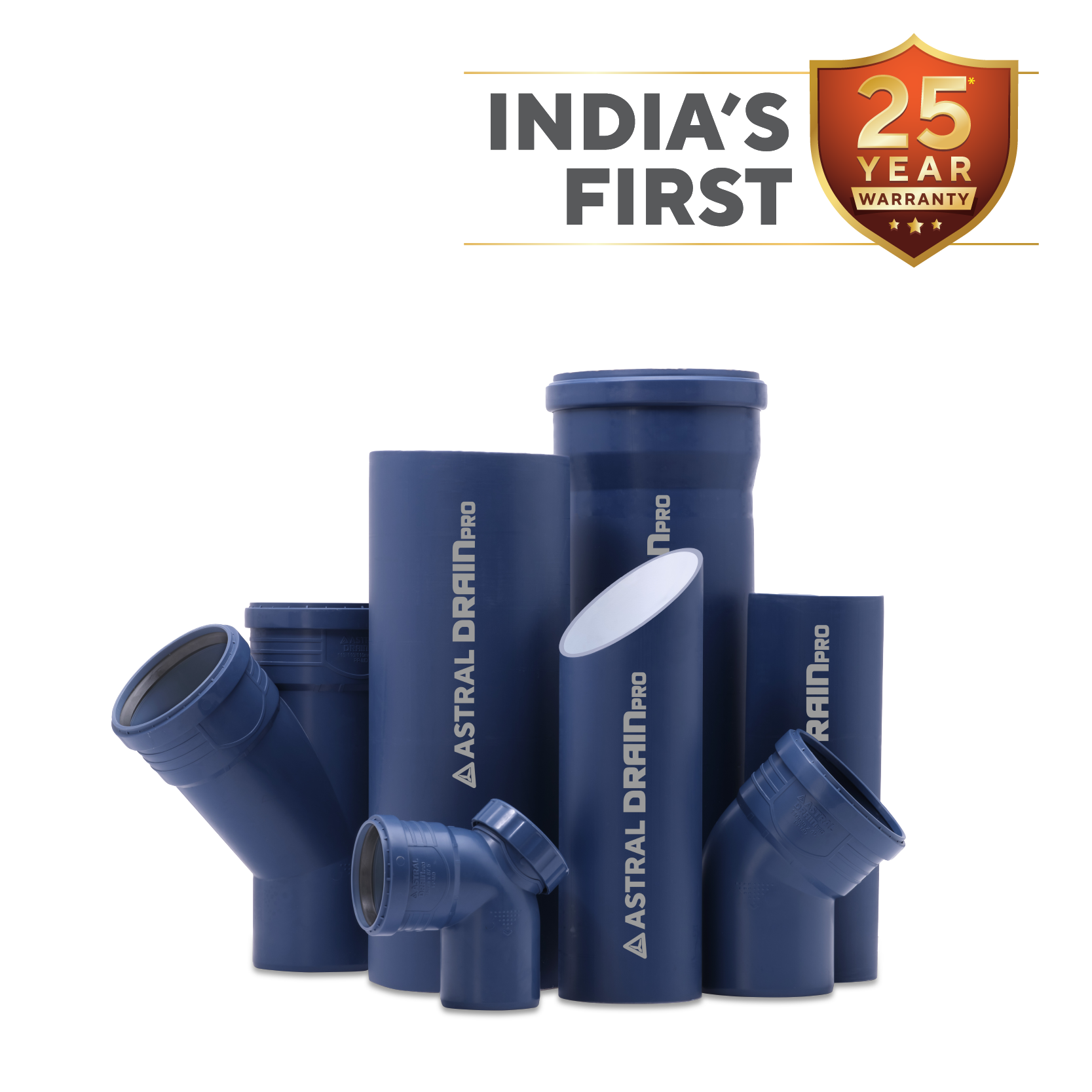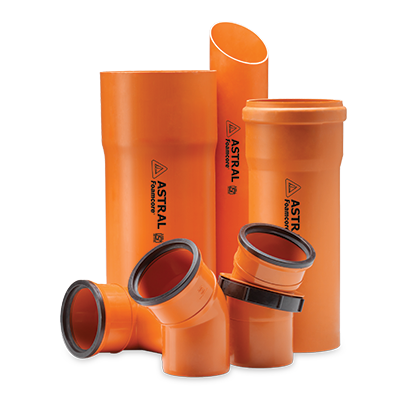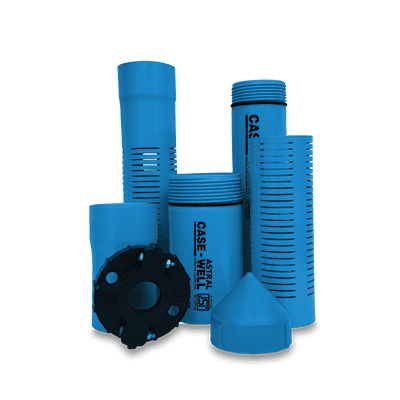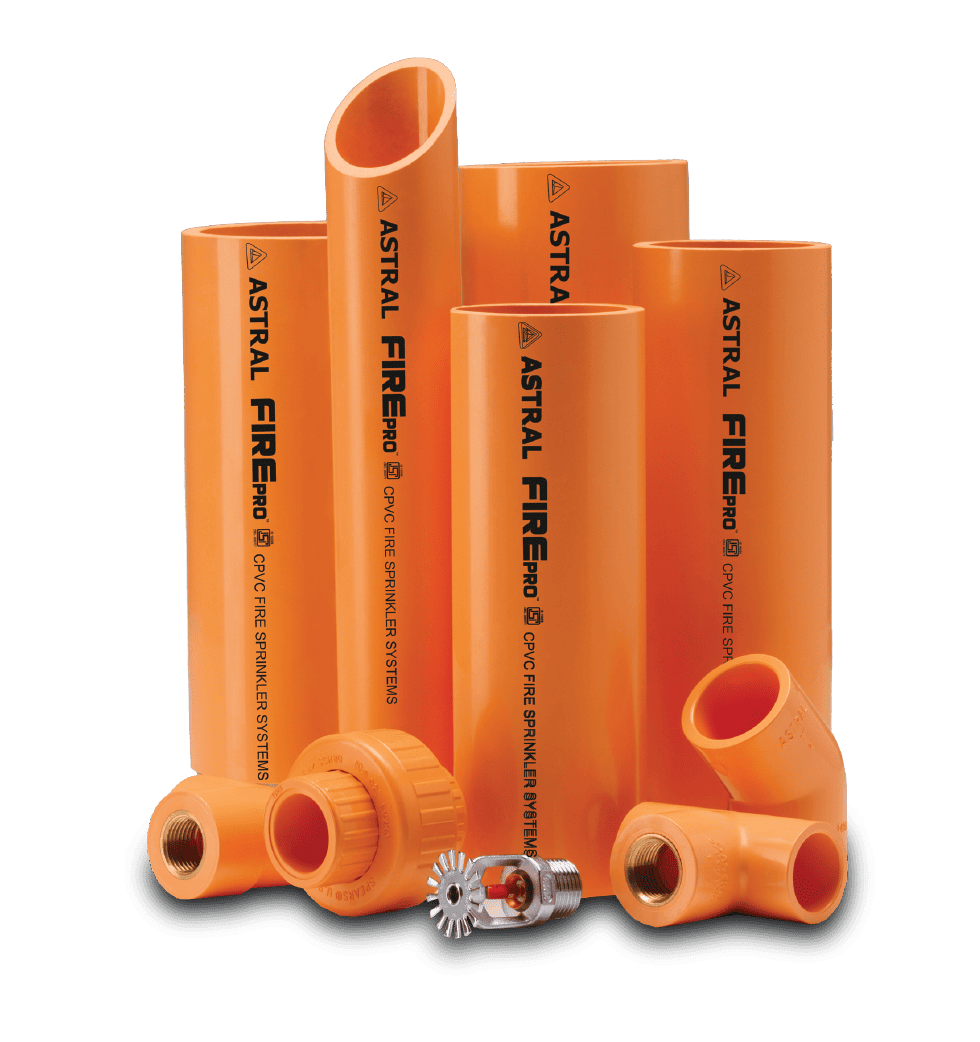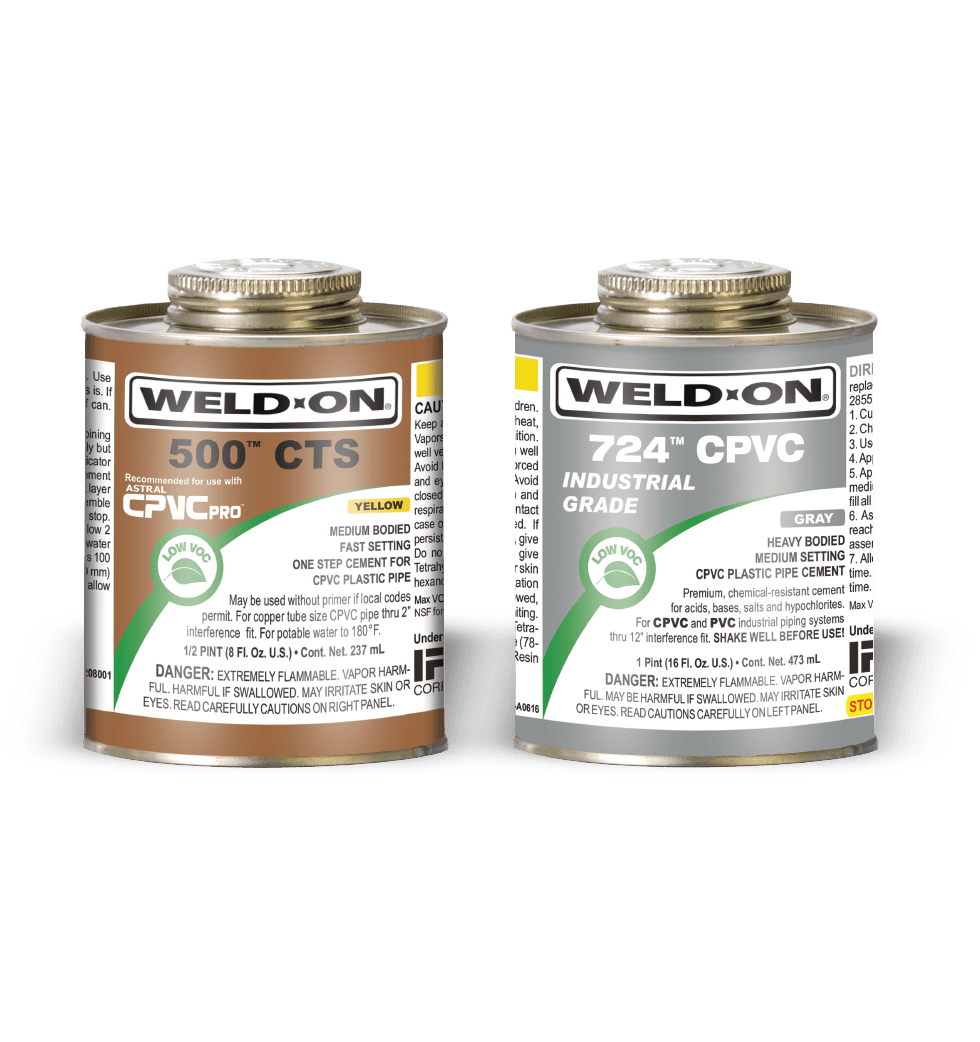
01 May 2023
Maintaining Your Home Water Tank: Tips and Best Practices
A well-functioning water tank is crucial to any home. It provides a consistent supply of clean water for various household needs. Water tanks are made from a variety of materials, including plastic, concrete, stainless steel, or fibreglass.
Whether it is a plastic water tank or a concrete one, regular maintenance is essential to ensuring the longevity and efficiency of your water tank.
In this blog, we will share 7 helpful tips and best practices to manage and maintain your home water tank efficiently.
1. Regular Inspections
The first step in maintaining your home’s water tank is to do regular inspections. Check for any signs of leakage, corrosion, or damage to the tank’s structure. Inspect the fittings, valves, and pipes for any potential issues. In addition, keep an eye on the water level and pressure gauge readings to make sure they are within normal limits. Early discovery of problems can help avoid big difficulties later on.
2. Cleaning and Sanitising
It is crucial that you disinfect and clean your home water tank routinely in order to maintain water quality. Begin by turning off the tank’s electrical supply, if applicable. Drain the tank and clean the inner surfaces, including the walls and fittings, with a mild detergent or vinegar solution. To remove any residue, thoroughly rinse. To sterilise the tank, use a diluted bleach solution as directed by the manufacturer. Fill the tank with clean water and leave it for a few hours before draining and refilling.
3. Check Water Quality
Several factors can have an impact on the quality of the water stored in your tank. Test the water on a regular basis for pH, hardness, and the presence of contaminants. To analyse the water quality, you can use water testing kits or visit an expert. If any problems are discovered, take appropriate action, such as installing water treatment equipment or calling a water treatment professional, to ensure that the water is safe to drink.
4. Maintain Adequate Ventilation
Adequate ventilation is required to avoid the formation of bacteria and algae within the water tank. Ensure that no objects are blocking or obstructing the vent apertures. A proper amount of airflow will help control the humidity levels within the tank, reducing the possibility of bacterial growth. Examine and clean the vent ports on a regular basis to guarantee uninterrupted ventilation.
5. Insulate the Tank
If you live in an area with extreme temperature variations, it is advisable to insulate your water tank. Insulation helps to keep the water temperature stable and protects it from freezing during the colder months. It also cuts energy usage by reducing heat loss. Cover the tank and its pipes with appropriate insulation materials, such as insulating blankets or foam sleeves.
6. Maintain Water Levels
To ensure good functioning, keep an eye on and maintain the water levels in your tank. Low water levels can harm pumps and create inefficient water flow, while high water levels can cause overflow and waste. Check the water level gauge or visually inspect the tank on a regular basis to ensure it is within the specified range.
7. Professional Maintenance
While some maintenance activities can be handled by homeowners, it is best to schedule expert inspections and maintenance on a regular basis. A trained plumber or technician can inspect the water tank, its components, and connected systems. They can detect potential problems, make necessary repairs, and provide expert advice on how to improve the performance and efficiency of your water tank.
Maintaining your home’s water tank is essential for ensuring a continuous supply of clean and safe water. By following these tips, such as regular inspections, cleaning, water quality testing, and seeking professional help, you can prolong the life of your water tank and enjoy its optimal performance for years to come.
Astral offers the best water tanks for home that are reliable, durable, and innovative. It includes Astral Opta, Astral Sarita, Astral Sylo and more water storage tanks constructed from UV-stabilised polyethylene. They are designed for easy installation and maintenance.
Choose from a range of sizes and capacities to meet your water storage needs with confidence.
-

10 Dec 2024
What Are the Different Types Of Industrial Pipes And Ball Valves? -

25 Nov 2024
Why Choose uPVC Pipes? Explore its Various Applications in Industries to Know -

21 Nov 2024
The Advantages of CPVC Solvent Cement for Joining Pipes and Fittings -

15 Nov 2024
Key Features You Should Look for in High-quality Fire Sprinkler Pipes -
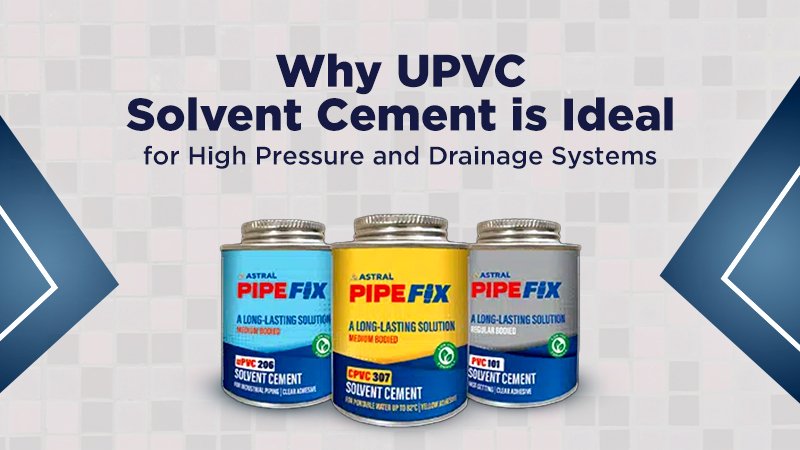
13 Nov 2024
Why UPVC Solvent Cement is Ideal for High-Pressure Drainage Systems?









